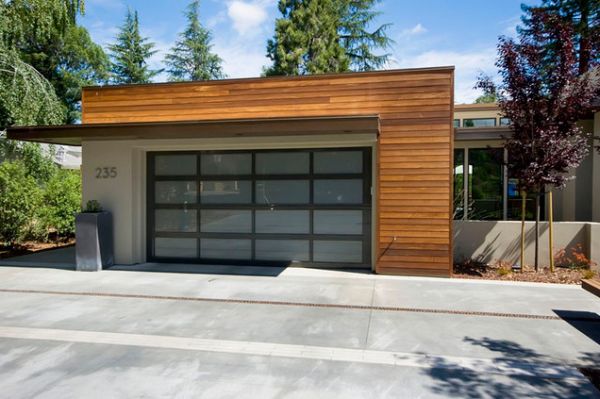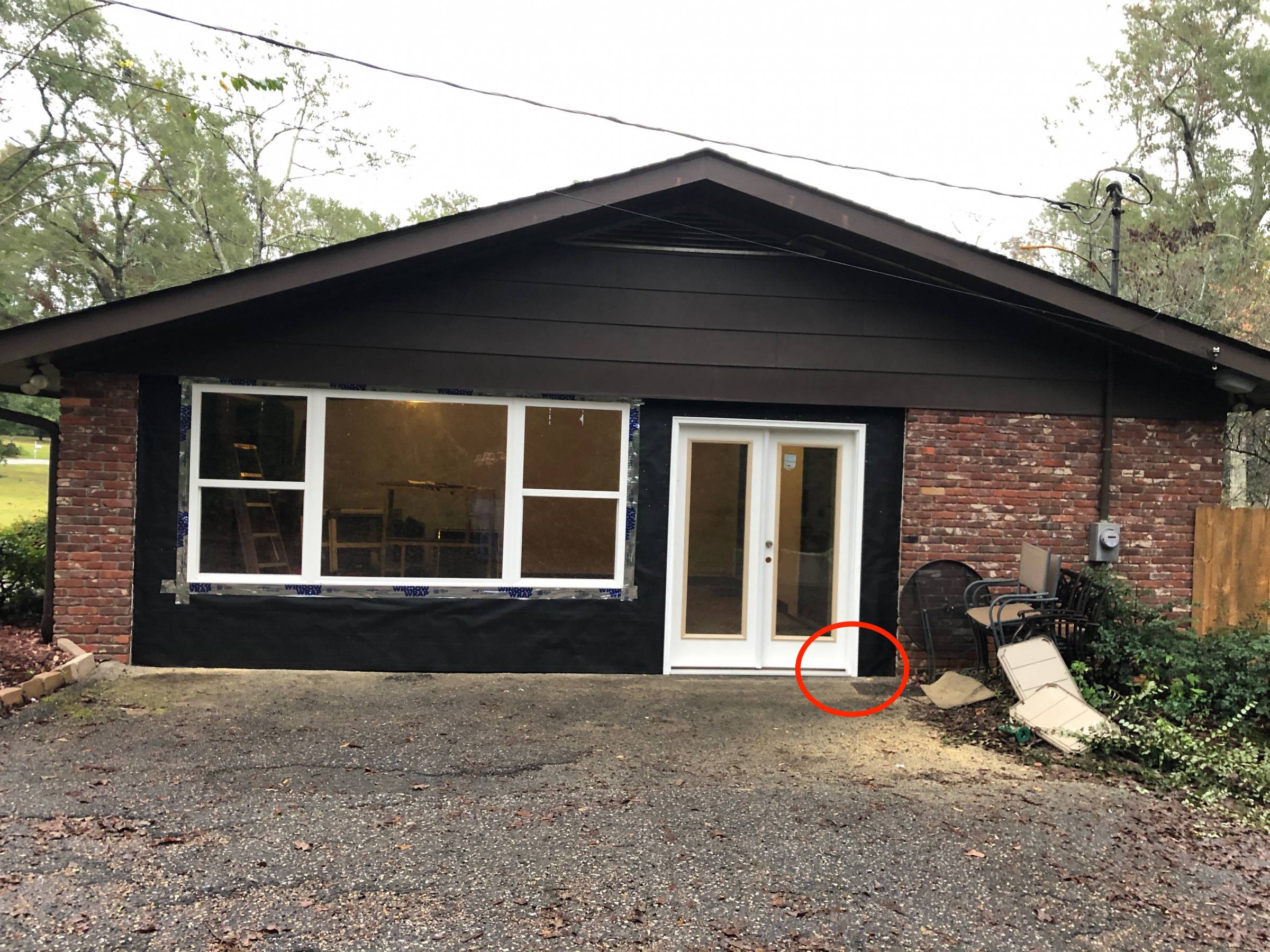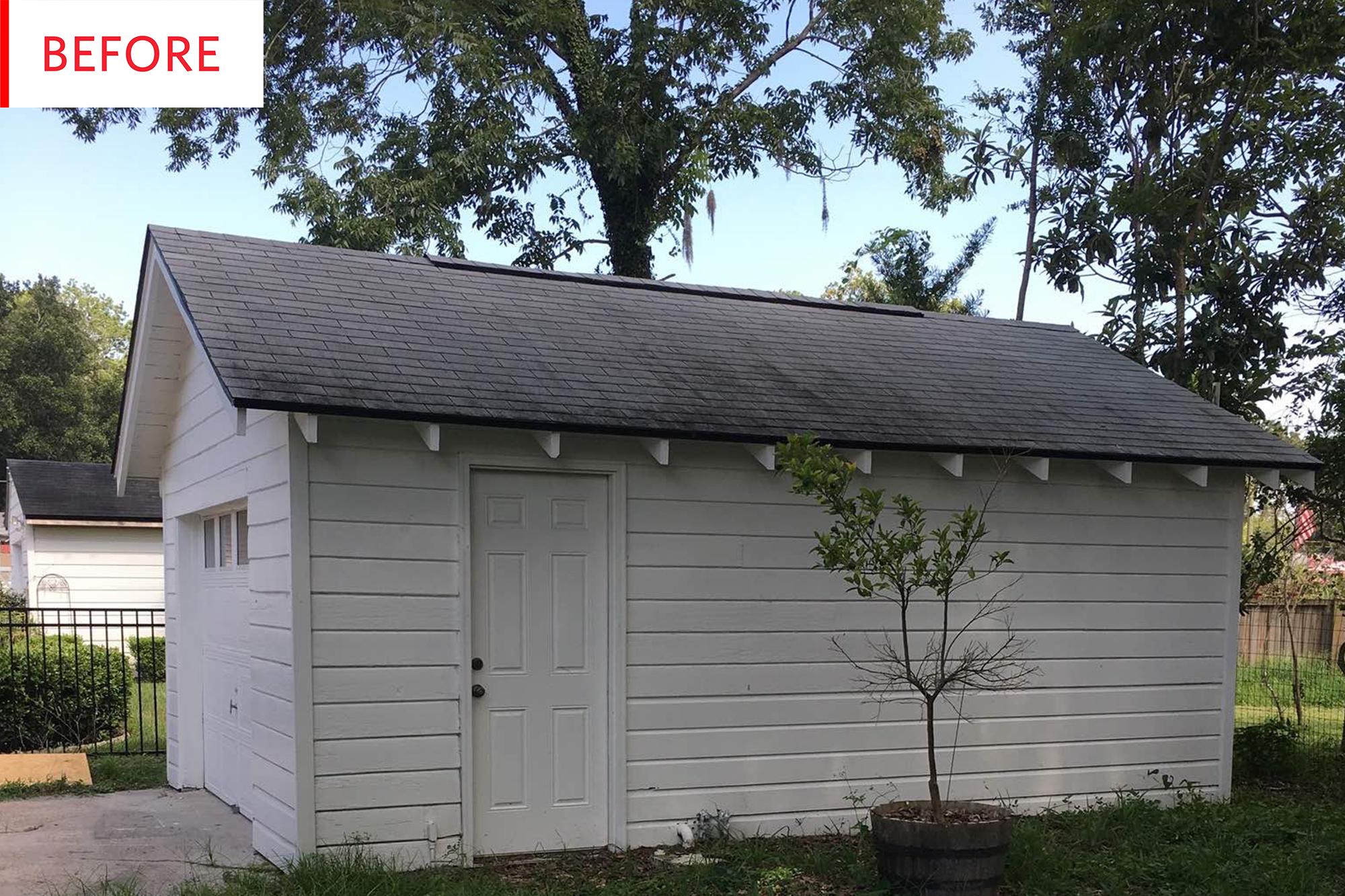
Garage doors come in many sizes. They can be as small as a few inches wide or as large and tall at several feet. These doors are suitable for both residential and commercial use. It's a smart idea to measure your garage before you decide on the right door for your needs.
Standard Garage Door Measurements
The standard garage size for most homes is 9 x 7 ft for a one-car garage door, and 16 x 7 ft for a two-car garage door. This garage door is large enough to fit most cars.
It is important to think about what vehicle you will be parking inside your garage door when deciding on the size. If you plan to park a large SUV inside, a taller garage may prove more practical. The double garage door might be more useful for two cars that need to be parked side by side.

If you plan to have an RV, it's likely that you'll need a larger garage door, perhaps a 20 foot garage door. It is important to measure the space in your garage to determine how big you can store an RV.
Garage Door 10ft
A 10-foot garagedoor might be the best choice for a garage that is smaller than your garage and allows you to park a few small vehicles. They are slightly narrower than 12-foot garage doors so it's easier to get into the garage with your cars.
Garage Door 8ft
A 8-foot garage doors is ideal for parking a few small vehicles in your garage. These doors are available in many colors and styles, as well as wood grain finishes.
12 ft Garage Door
A 12-foot garage entrance might be the right choice for you if you have a larger garage. They are available in many colors and finishes and can be found at most hardware stores.

Garage Door 18 feet
The typical garage door is 18 feet long and will fit most people's needs. It is also the most common size. It is spacious enough to accommodate most cars and can also be opened to full height to allow for small trailers or motorcycles to be parked.
Talking to an architect or designer is a great way to determine which garage door will work best for you. A designer or architect can help you decide if the size of the garage door will be sufficient. They may also recommend other door styles that would work best in your space. They can also help you choose the right materials for your garage.
FAQ
Why should I remodel rather than buying a completely new house?
Although houses are getting cheaper each year, you still have to pay the same amount for the same square footage. Even though you may get a lot of bang for your buck, you also pay a lot for that extra square footage.
It is less expensive to maintain a house that does not require much maintenance.
You can save thousands by remodeling instead of buying a new home.
Remodeling your home can make it more comfortable and suit your needs. You can make your home more welcoming for you and your loved ones.
How much does it take to completely gut and remodel a kitchen?
It's possible to wonder how much a home remodel would cost if you are thinking of starting one.
The average kitchen renovation cost is between $10,000-$15,000. You can still save money on your kitchen remodel and make it look better.
Plan ahead to save money. This includes choosing a style and color scheme that suits your lifestyle and finances.
You can also cut costs by hiring an experienced contractor. A skilled tradesman will know exactly what to do with each stage of the construction process. This means that he or she won’t waste time trying out different methods.
You should consider whether to replace or keep existing appliances. Kitchen remodeling projects can cost thousands more if you replace appliances.
Another option is to consider purchasing used appliances. You will save money by purchasing used appliances.
It is possible to save money when you shop around for materials, fixtures, and other items. Many stores offer discounts for special occasions like Cyber Monday or Black Friday.
How much does it cost for a shower to be tiled?
If you want to do it yourself, go big. It's an investment to remodel a full bathroom. But when considering the long-term value of having a beautiful space for years to come, it makes sense to invest in quality materials and fixtures.
The right tiles can make a significant difference in the look and feel of your room. This quick guide will help with your selection of the best tiles, no matter if you're looking for small or big projects.
Decide the type of flooring that you want to install. The most common options are ceramics, stone, porcelain, and natural timber. Then, select a style--like classic subway tile or geometric patterns. Finally, pick a color palette.
A large bathroom remodel will require you to match the tile in the room. For example, you may opt for white subway tile in the kitchen and bath area while choosing darker colors in other rooms.
Next, calculate the project's size. Is it time for a small update to the powder room? Would you prefer to add a walk in closet to your master bedroom?
After you have established the project's scope, it is time to visit local stores and view samples. This allows you to get a feel and idea for the product as well as its installation.
Online shopping is a great way to save on porcelain tiles and ceramics. Many retailers offer discounts for bulk purchases and free shipping.
What order should you renovate an existing house?
First, the roof. The second is the plumbing. Third, the wiring. Fourth, the walls. Fifth, the floor. Sixth, are the windows. Seventh are the doors. Eighth, it's the kitchen. Ninth, bathrooms. Tenth, the garage.
After all the above, you are now ready for the attic.
If you don't know how to renovate your own house, you might hire somebody who does. Renovations take time, patience, and effort. It is also expensive. It will take time and money.
While renovations can be costly, they can help you save a lot of money over the long-term. Plus, having a beautiful home makes life better.
What are the top expenses associated with remodeling a Kitchen?
A few key costs should be considered when planning a kitchen remodeling project. These include demolition, design fees, permits, materials, contractors, etc. These costs seem small when you look at them individually. However, when you add them together, they quickly become quite large.
Demolition is usually the most expensive. This includes the removal of old cabinets, countertops, flooring, and appliances. The drywall and insulation must then be removed. Finally, you have to replace those items with new ones.
You will need to hire an architect for plans. To ensure your project is compliant with building codes, you will need to pay permits. The final step is to find someone to carry out the actual construction.
Once the job is complete, you will need to pay the contractor. It is possible to spend anywhere from $20,000 up to $50,000 depending on the size and complexity of the job. This is why it's important to get estimates form multiple contractors before hiring one.
If you plan, you can often avoid some of these costs. You may be able to negotiate better deals on materials or even skip some of the work. If you know what needs to be done, you should be able to save time and money during the process.
Many people install their cabinets by themselves. People believe that this will save them money since they won't have to hire professionals for installation. The problem is that they usually spend more money trying to figure out how to put the cabinets in place themselves. A professional will usually finish a job in half as much time as you would.
You can save money by buying unfinished materials. It is important to wait until all pieces have been assembled before buying pre-finished materials, such as cabinets. By buying unfinished materials, you can start using them right away. If things don't work out as planned, you can always modify your mind later.
Sometimes it is not worth the hassle. Remember: the best way to save money on any home improvement project is to plan.
What is the difference between a remodel and a renovation?
Remodeling is making major changes to a particular room or area of a given room. A renovation is a minor change to a room or a part of a room. For example, a bathroom remodeling project is considered a major one, while an upgrade to a sink faucet would be considered a minor job.
Remodeling involves replacing a complete room or a part of a entire room. A renovation is simply a change to a specific part of a space. A kitchen remodel could include replacing countertops, sinks and appliances as well as changing lighting and paint colors. A kitchen remodel could also include painting the walls or installing new lighting fixtures.
Statistics
- bathroom5%Siding3 – 5%Windows3 – 4%Patio or backyard2 – (rocketmortgage.com)
- Windows 3 – 4% Patio or backyard 2 – 5% (rocketmortgage.com)
- According to a survey of renovations in the top 50 U.S. metro cities by Houzz, people spend $15,000 on average per renovation project. (rocketmortgage.com)
- 5%Roof2 – 4%Standard Bedroom1 – 3% (rocketmortgage.com)
- 57%Low-end average cost: $26,214Additional home value: $18,927Return on investment: (rocketmortgage.com)
External Links
How To
How to Remove Tile Grout on Floor Tiles
Most people don’t know what tile grouting is. It is used for sealing the joints between tiles. There are many types of grout available today. Each one has a different purpose. We will show you how tile grout can be removed from floor tiles.
-
First, you must ensure you have all the tools needed before starting this process. You will need a grout cutter and grout scraper.
-
Now you must clean any dirt or debris under the tile. Use the grout knife to remove the grout. Scrape away any remaining grout. Be careful not to damage any of the tiles.
-
After you've cleaned up everything, grab the grout scraper to remove any grout. If no grout is left over, you can proceed to step 4.
-
Now you can get on with the next step. You can now take one of the rags, and soak it in some water. You want to make sure that the rag gets completely wet. Once the rag is wet, you can dry it by wringing the cloth.
-
The wet rag should be placed on the joint between the tile and the wall. You should press the rag down until the grout is separated. Slowly pull the rug towards you, then continue pulling the rag back and forth until the grout has been removed.
-
Continue to repeat steps 4 and 5, until all grout has been removed. Rinse the ragout and repeat the process if necessary.
-
Once you have finished removing all the grout, wipe down the surface of the tiles with a damp cloth. Let dry thoroughly.